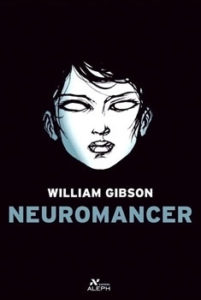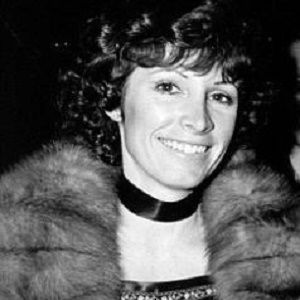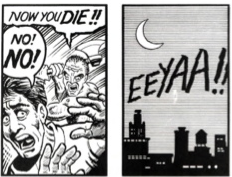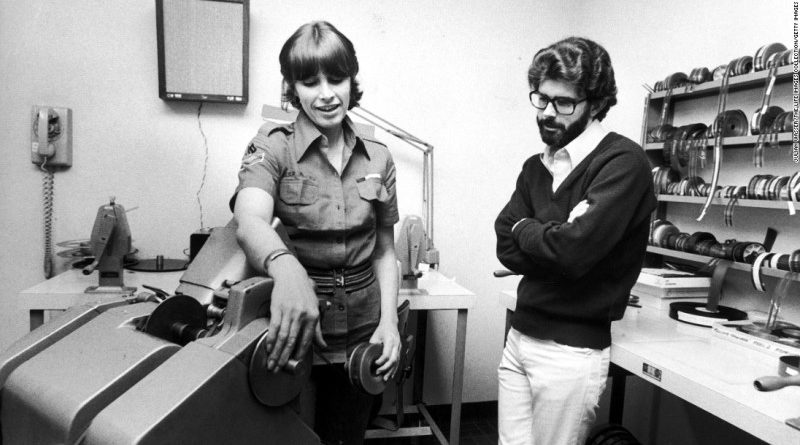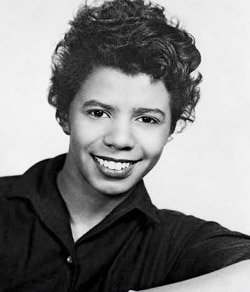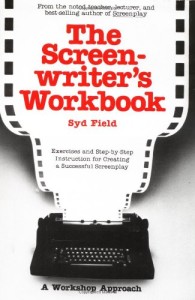See also “One year later: Will we finally see Neuromancer on the screen?”
The Illuminerdi (via) reports Apple TV+ is tooling up to produce a streaming adaptation of William Gibson’s cyberpunk masterpiece Neuromancer. The big question Illuminerdi concerns itself with is which actor will play protagonist Case, a drug-abusing hacker hired to pull off a virtual heist in cyberspace.
The story buries the lede. The truly big news is that Neuromancer has a reasonable chance of being adapted to the screen. Apple TV+ may not be the leading force in streaming entertainment today, but it’s established a track record of producing high-quality material and taking some risks along the way. I know I sound like the eternal fanboy when I say this, but, “This time it might be real.”
Neuromancer is a brilliant novel, one of my favorites, and by my lights, the book that rearranged science fiction. Just as Raymond Chandler did not invent the hard-boiled detective novel, William Gibson did not invent cyberpunk. But both authors took earlier bricklaying done by them and other writers, pulled it all together, and buffed the final result to a chrome-like sheen. There’s science fiction before Neuromancer, and there’s science fiction after Neuromancer.
Hence Neuromancer on film has been a hot topic among science fiction fans since the book was first published in 1984. Every few years over the subsequent decades, news would percolate up that a movie adaptation was in the works, only for the organizers to lose interest, fail to find finding, or simply not get the green light. The Wikipedia section on Neuromancer‘s numerous aborted film adaptations doesn’t do justice to its rocky history. Fake movie trailers have been sewn together; fan-made movie posters have been photoshopped. The rumors, anticipation, and disappointments surrounding the film’s production are legion. (My response to hearing of this latest adaptation attempt: “I’ll believe it when I see it.”)
There were several sidelights along the road to this moment, starting with Johnny Mnemonic in 1996. At first glance, it appeared the perfect aperitif for Neuromancer fans: Mnemonic was an adaptation of a Gibson short story set in the same story universe. The film landed flat, though, and is pretty grating to watch. (Some call it a cult classic—I can’t tell if they’re being ironic or not). Keanu Reeves turned in a cold performance (which he claims was intentional) within a confounding and bizarrely campy narrative. Some say Mnemonic was underfunded. Gibson said it was overfunded. Even if the studio execs were clueless in their meddling—not a stretch to imagine—I still think postmodernist director Robert Longo was simply in over his head.
(That said, I’ve not seen the new re-edit Johnny Mnemonic: In Black and White, so I’ll reserve judgment whether the film is irredeemable. I admit: The stills look damn promising.)
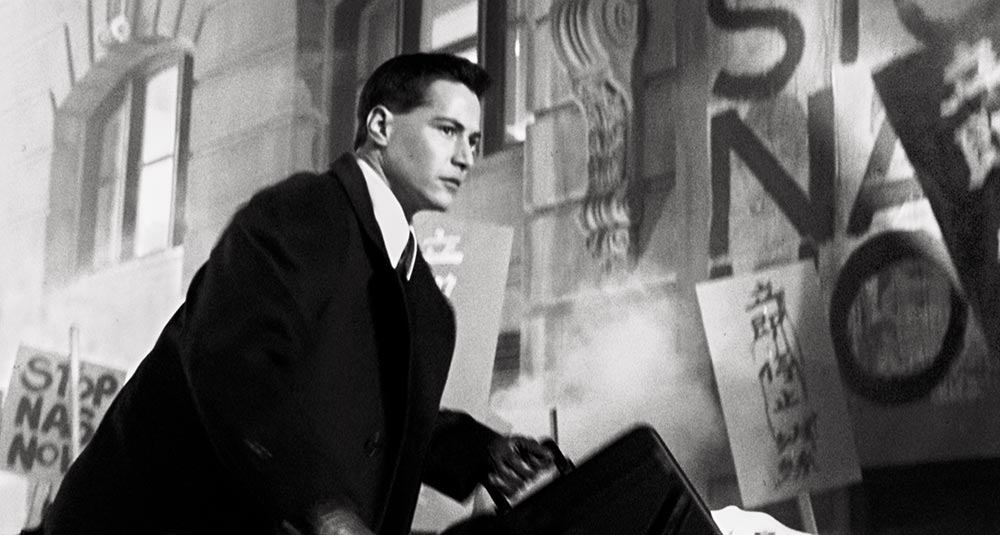
It took The Matrix (1999) to give hungry cyberpunks the cinematic meal they were waiting for. There’s so many parallels between it and Neuromancer, you can’t help but think the writing/directing Wachowskis owe Gibson a pitcher of beer (if not a brewery). But Darren Aronofsky (Pi, Requiem for a Dream) was on to something when, after viewing the film, he claimed “Cyberpunk? Done.” By using up Neuromancer‘s best devices, as well as every philosophical question explored by Philip K. Dick, the Wachowskis came close to shutting the door on the most interesting development in genre fiction since the 1930s. The banality and repetitiousness of the next three Matrix films—including 2021’s Resurrections, which I held a sliver of hope for—only seemed to cement Aronofsky’s point.
(Cyberpunk’s heyday in the 1990s has passed, but neo-cyberpunk lives. The new breed exists where a worldwide computer network is no longer an imagined future, but a concrete element of the story’s past.)
I’m perennially suspicious of Hollywood adapting books to the screen, especially science fiction. Too often screenwriters will ditch the most memorable and gripping parts of the source material to slide in Tinseltown’s tired narrative shorthand. Amazon’s The Man in the High Castle leaps to mind. I’ve not seen the recent adaptation of Foundation, but at least one reviewer thinks Asimov’s classic hasn’t actually been adapted. Still, Illuminerdi reports William Gibson is signed on as an executive producer for Neuromancer. That gives me a touch more confidence in the direction of the project.
But only a touch. In 2015, I wrote how Hollywood has abandoned “‘tight, gapless screenwriting’ to scripts focused on world-building, sequels, expansion, rebooting.” That was written in time when superhero franchises were claiming greater real estate at the cineplexes, and Hollywood had finished converting Tolkien’s charming tale about wee folk into a eight-hour epic-action trilogy. Cinema houses still ruled back then. Like a sneeze coming on, the theater owners knew a violent upheaval was imminent. Today, streaming services are the premier way to deliver movies to eager audiences. And that’s what worries me the most.
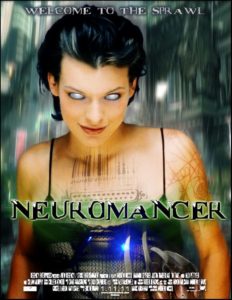
My dread is not that this cyberpunk classic will be adapted to television instead of the silver screen—it’s to see it adapted to a medium that expects seasons and episodes. As with High Castle and Foundation, the streaming services love season-long episodic television: All the better for binge-watching.
Episodic television ushers in the narrative shorthand that Neuromancer absolutely does not need: every hour ending on a contrived cliffhanger; the sexual tension of when-will-they-hook-up; the let-down of the couple separating (complete with the trite break-up language of television: “I need some space” or, “This is going too fast”); and so on.
As Rob Bricken noted in his review of Foundation, which was serialized for Apple TV+:
Even if you’re coming in without having read a page of Asimov, you’ll still notice the drawn-out plots that go nowhere, the padding, and the weird choices the show has the characters make to keep the plot from moving forward. Cheap, nonsensical melodrama fills the series…The show also wants to have pew-pew laser battles and ship fights and spacewalk mishaps and junk, none of which offer anything you haven’t seen before, and are usually used to just run out the clock anyway.
He makes this sharp observation:
Then there’s the show’s terror that people might not make certain connections, so it shows something, has the character comment on it to themself, and then maybe throws in a flashback to someone saying something relevant even if it was said three minutes prior.
This comes from television writing 101: “Tell them what they’re going to see, show it to them, and then tell them what they saw.” If that sounds like how to organize a Powerpoint presentation, you’re right. It’s also why television writing in 2022 remains hard-wired to the narrative structures of I Love Lucy.
Just as Gibson’s console jockeys rewired systems to hijack signal broadcasts and repurposed wet-tech to bore holes through firewalls, let’s hope modern streaming technology is bent to Neuromancer‘s whims, and not vice-versa.
Addendum: One of the criticisms I’ve received, here and elsewhere, is that Neuromancer cannot properly be condensed into a two-hour movie, hence a series is a better fit for its adaptation.
I agree a multi-part show is appropriate for Neuromancer‘s intricate story line. I loathe condensing Neuromancer into a ninety-minute film almost as much as I loathe seeing Neuromancer: Season Two on my TV screen. However, when I originally wrote the above post, I kept fishing around for a good example of a multi-episode streaming series (for illustrative purposes), and failed to locate one.
This morning I recalled The People v. O. J. Simpson: American Crime Story (which started life on FX and moved to Netflix). Its miniseries format would work well for Neuromancer. Each segment builds the story and develops characters toward a conclusion, like chapters in a novel. There’s a beginning, a middle, and a door-closing end.
My gripe is that Apple TV+ may attempt to “episodize” Neuromancer, making it more like a soap opera or a recurring show than a single story told a chapter at a time. This is what happened to Man in the High Castle—which was more “inspired by” than a retelling of the source material—and what appears happened to Foundation.
Follow-up: “One year later: Will we finally see Neuromancer on the screen?”
